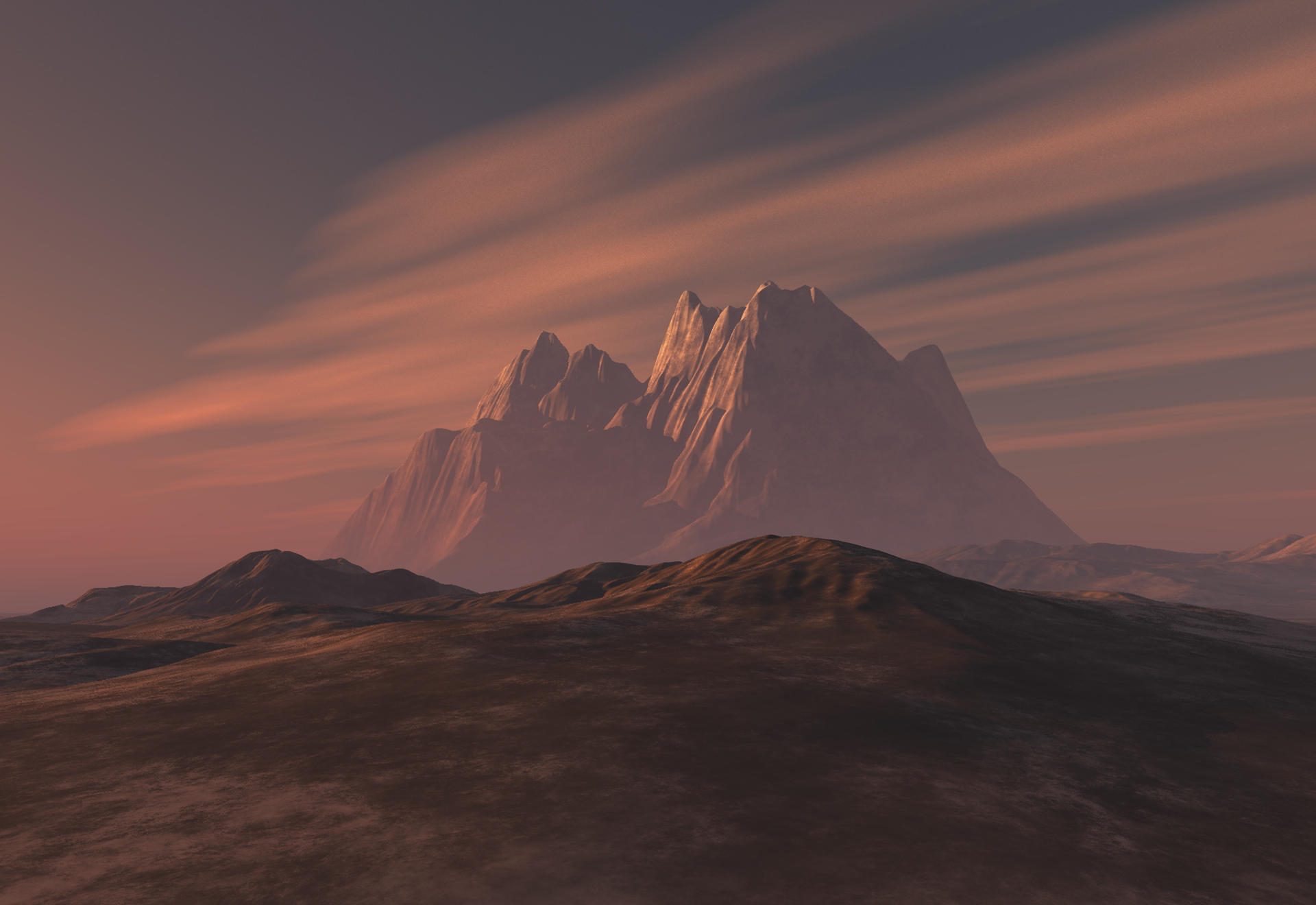
again, made with the Vue plugin to Maya


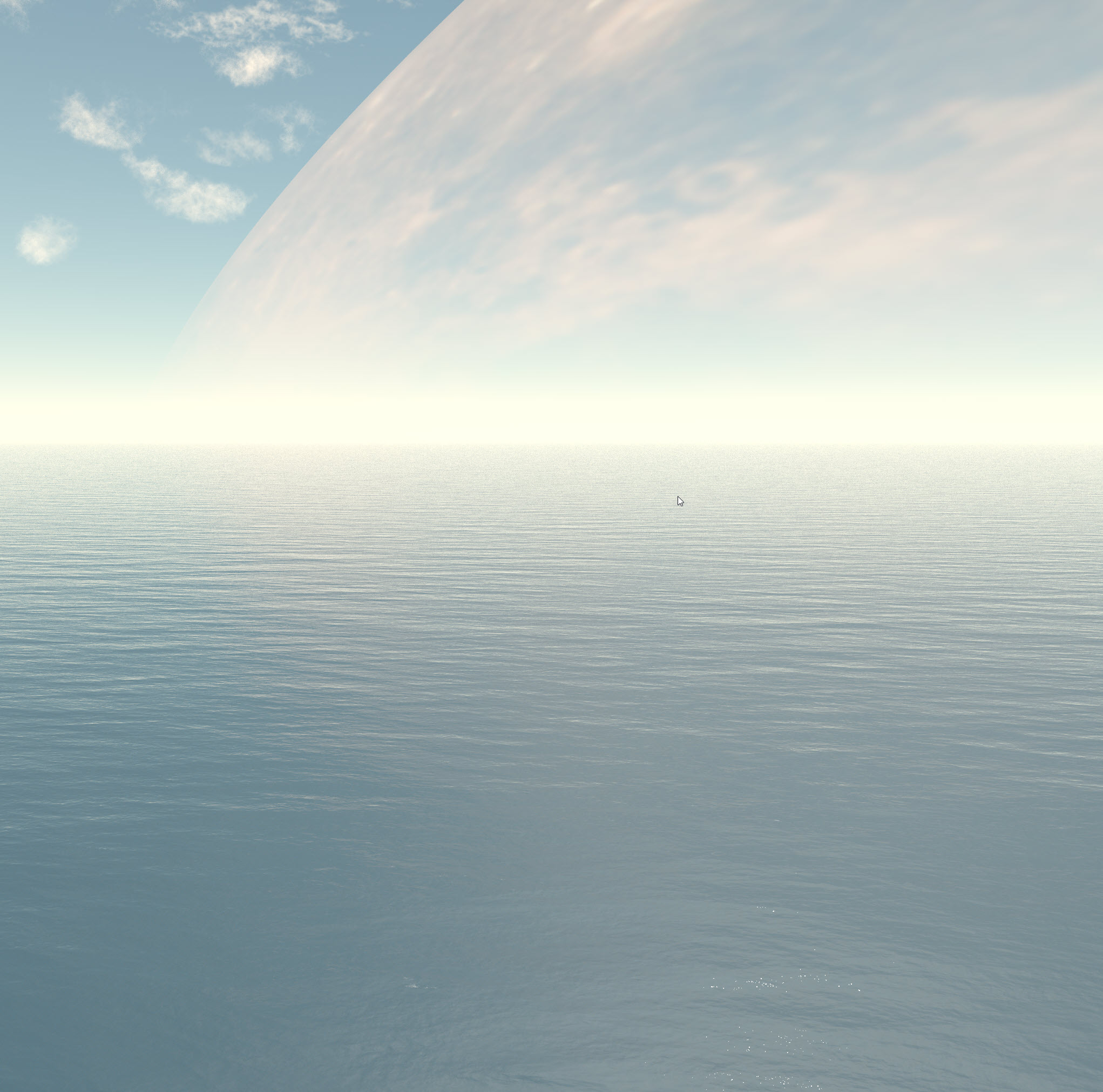
I made this with the Autodesk Maya sculpting tools on a Wacom 24 inch Cintiq drawing tablet. The materials and render are from Keyshot.
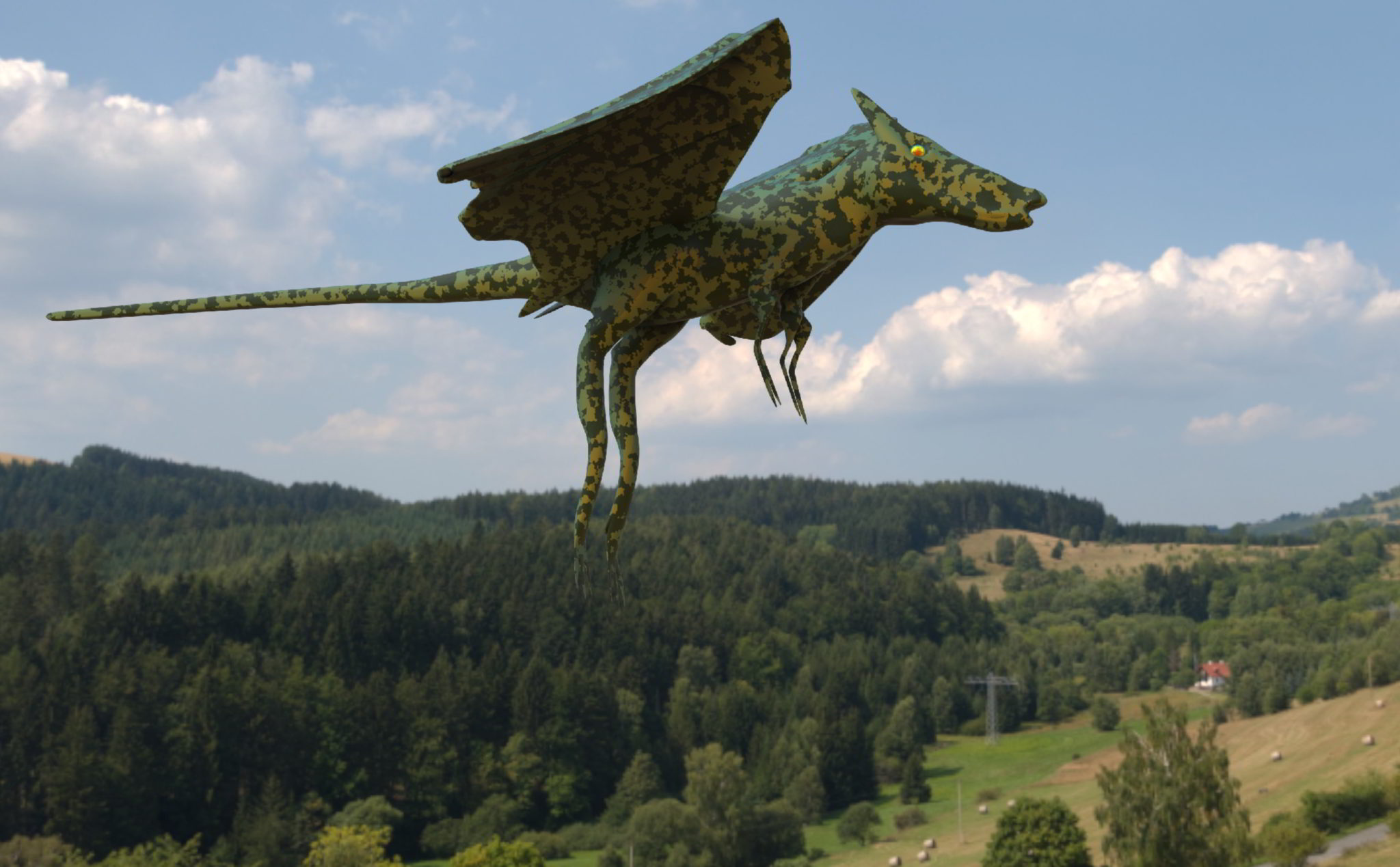
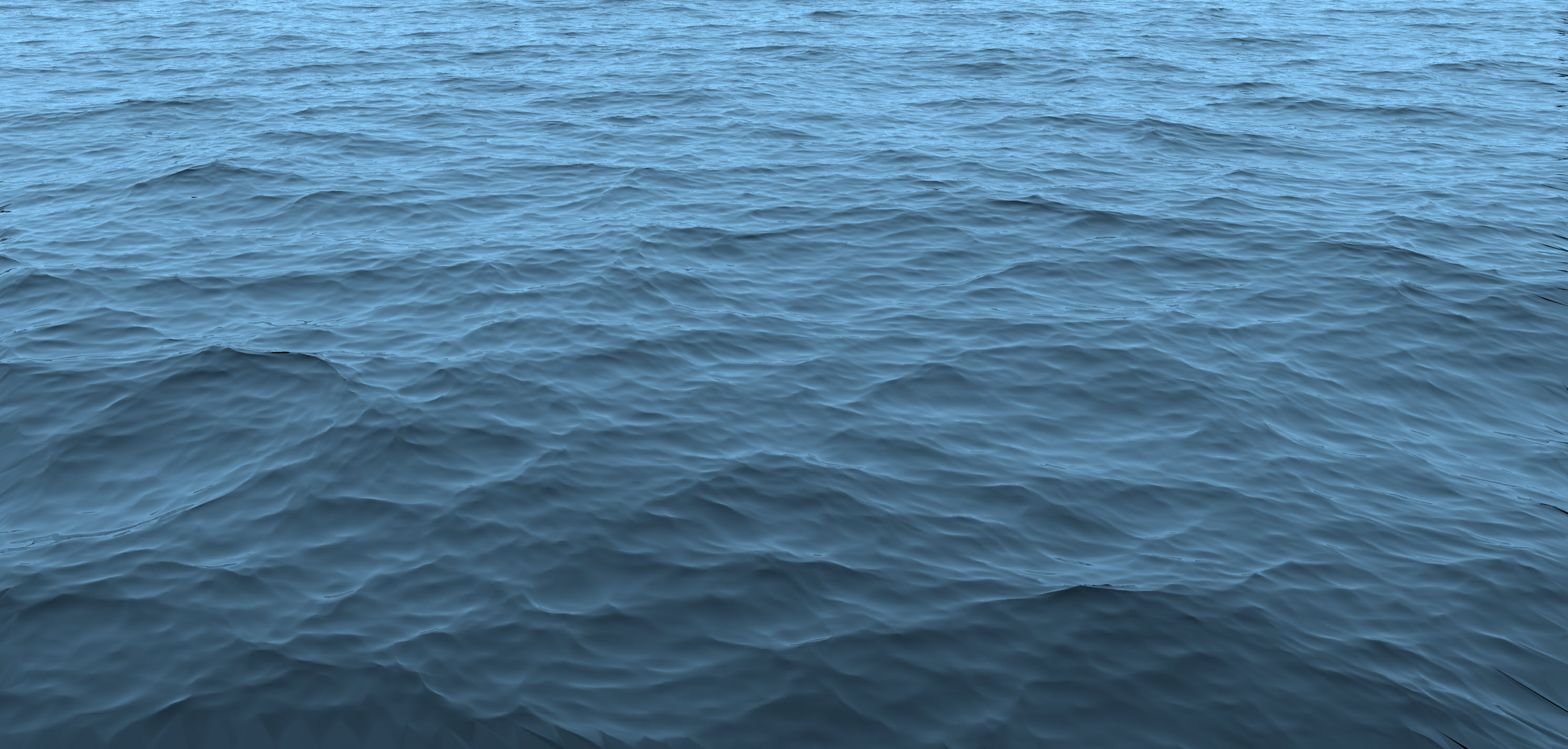
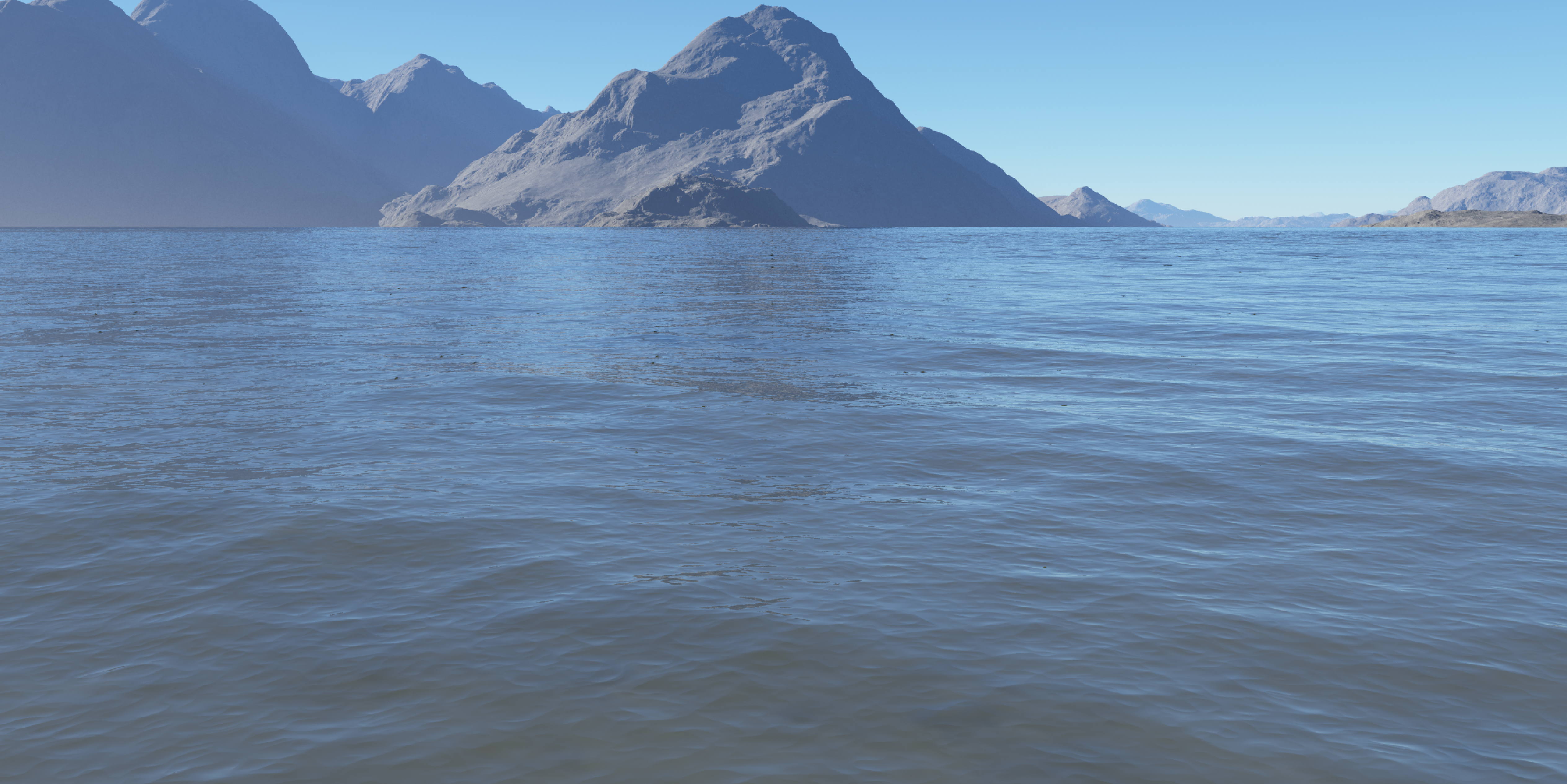
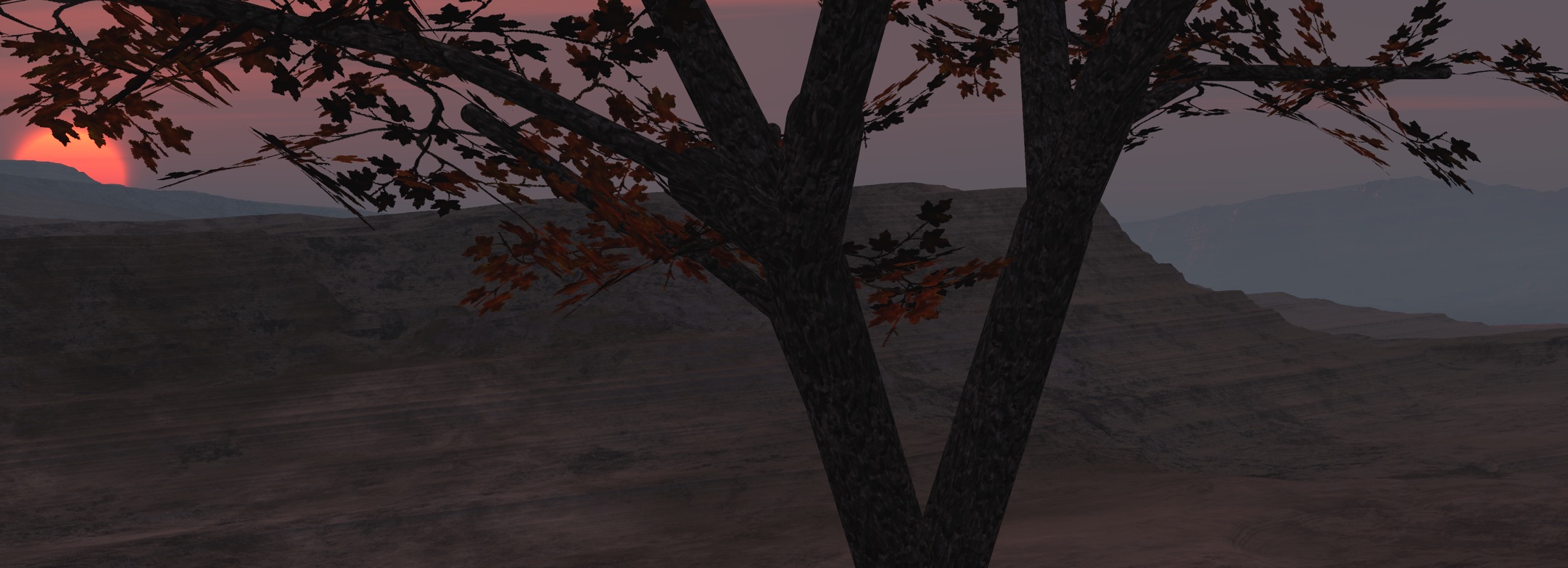
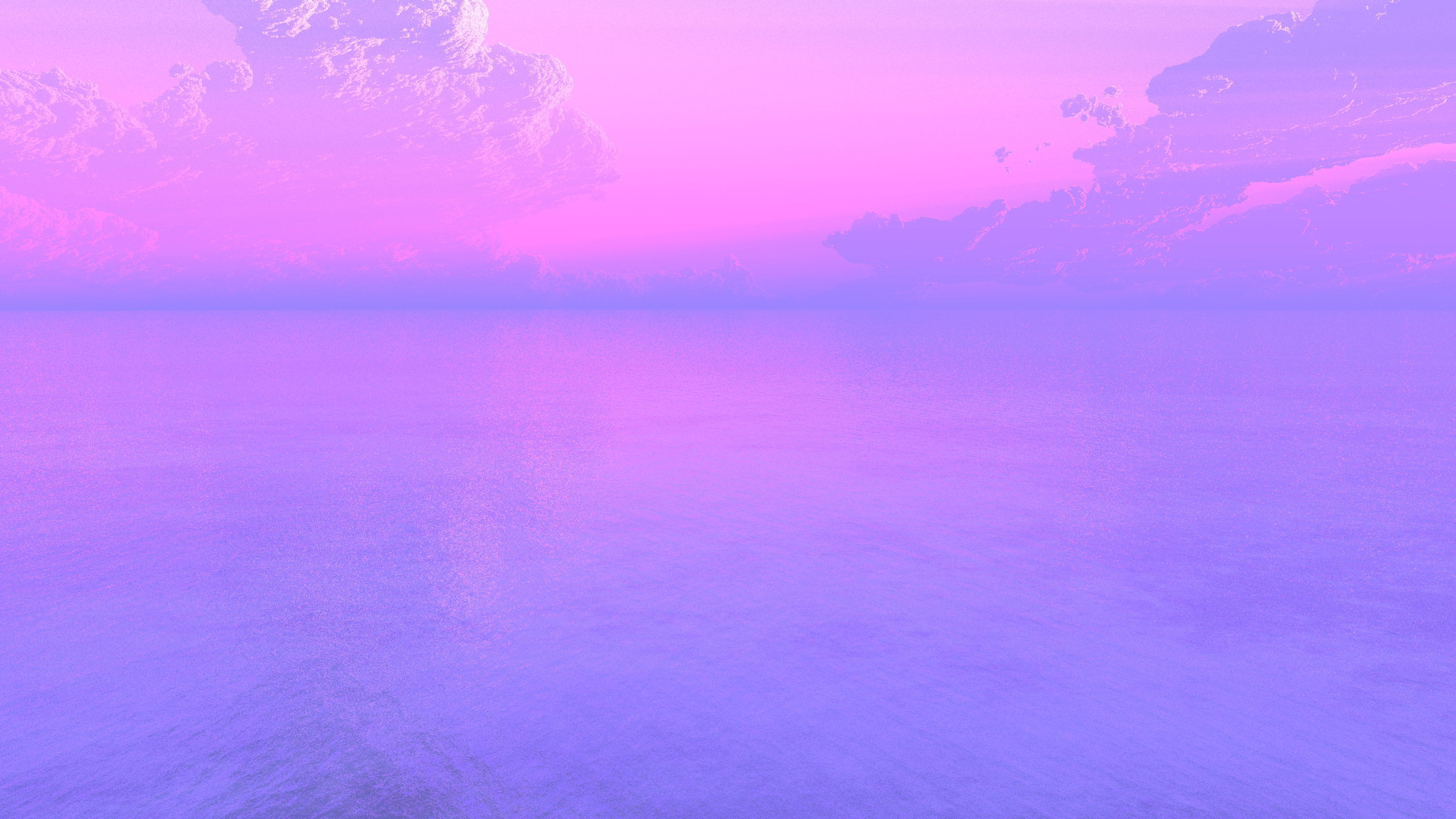
The flamingo was made with the new Toon shader in the VRay for Maya plugin. The rendering and all materials were done with VRay.
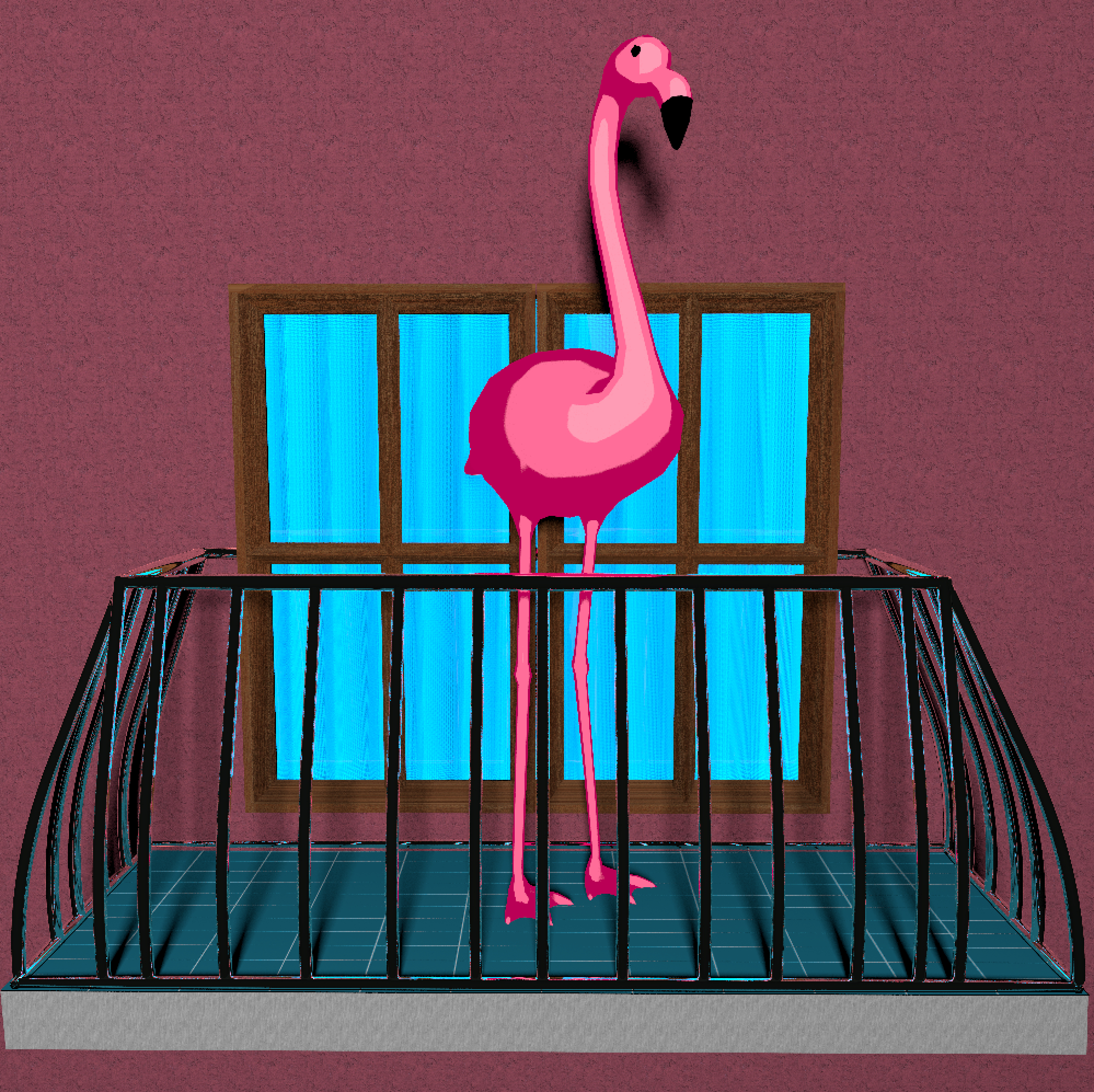
made with Maya, rendered with the Maya software renderer.
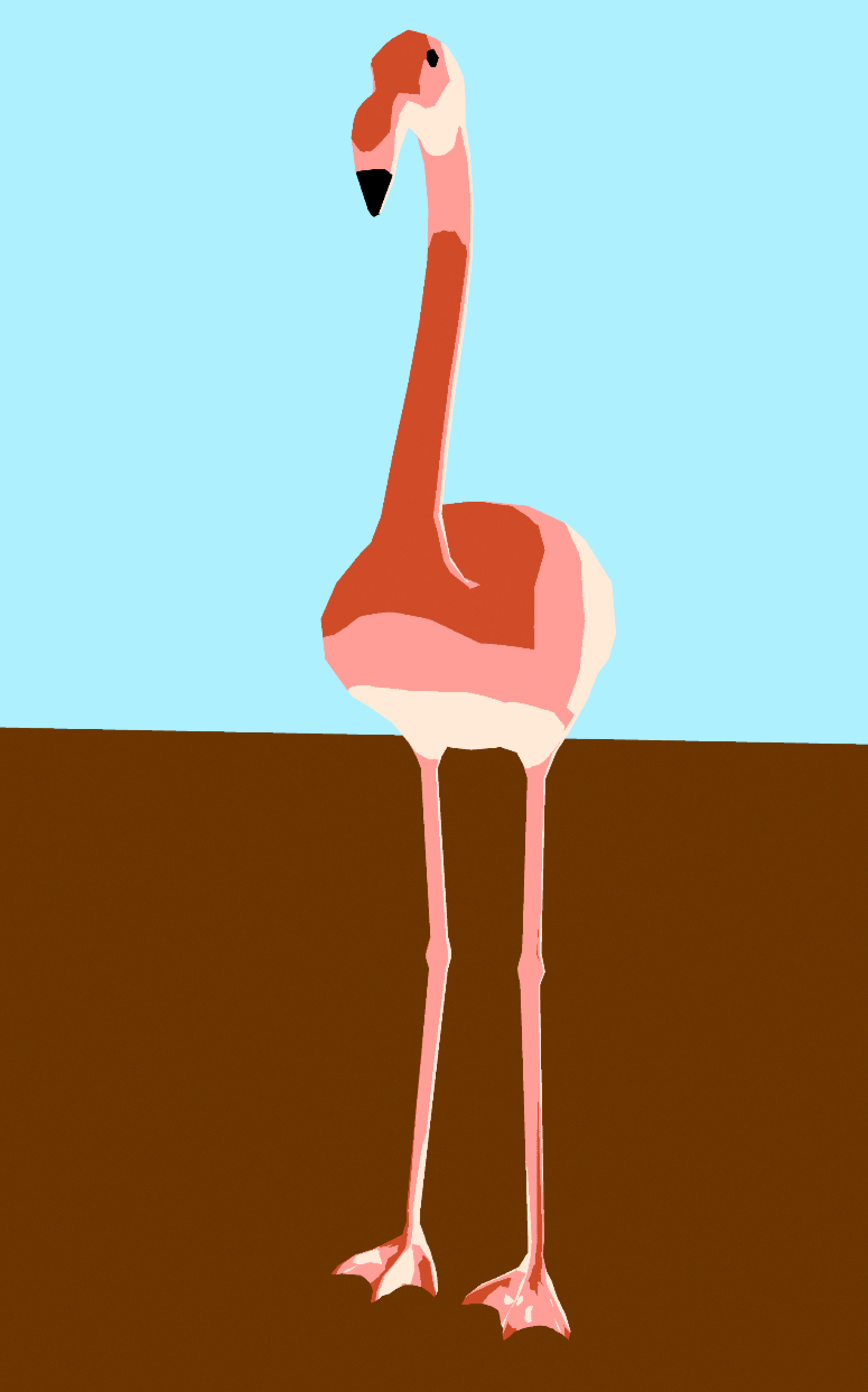
The same scene, with very different materials is in https://buzzking.blog/random-renderings/pool-room/.
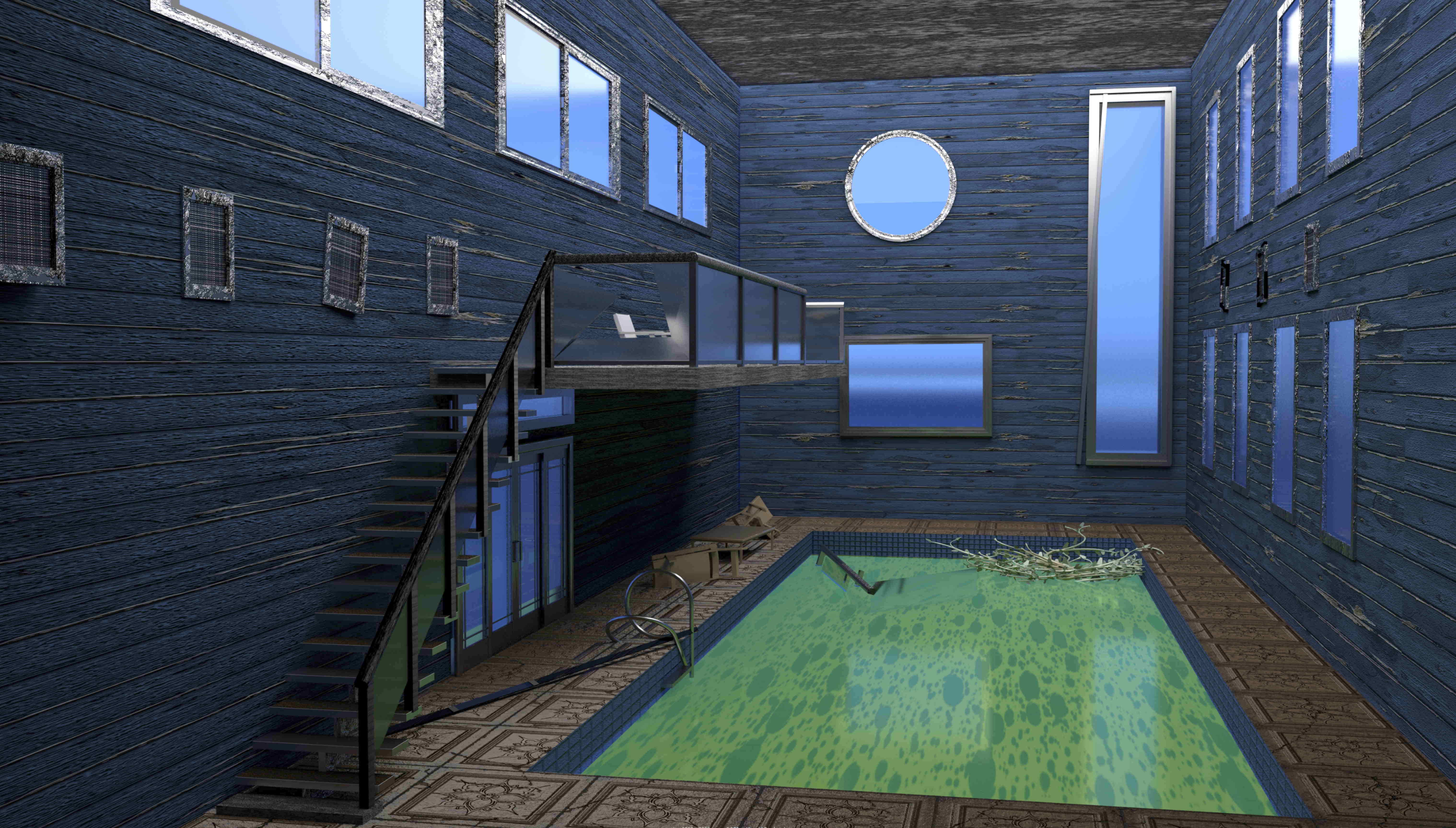
The same closeup as in the previous postings, but this time using Keyshot and Keyshot materials.
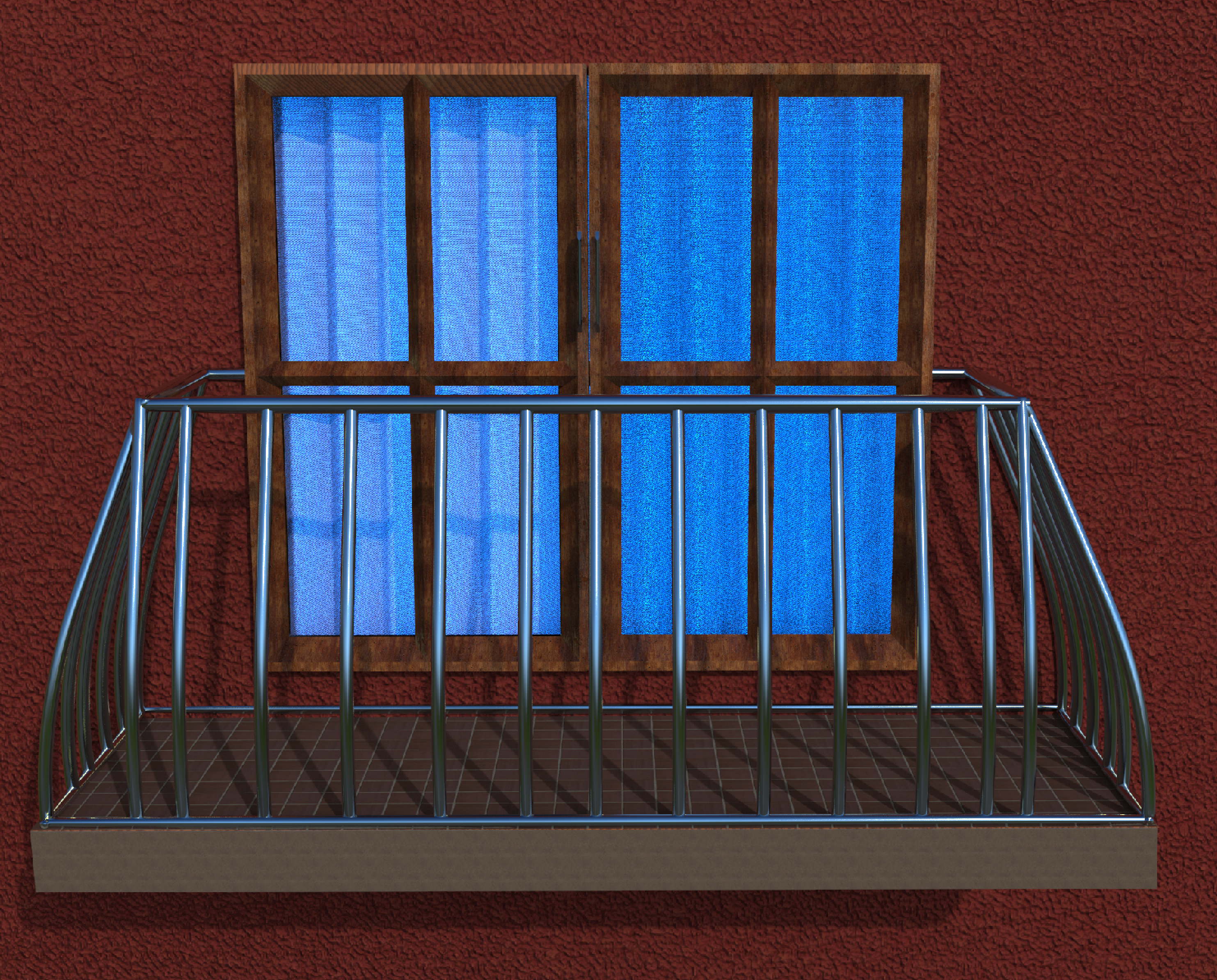
The same scene as in previous postings, this time using the Vray renderer and Substance materials.

Following on from the previous series of postings, here is another closeup, this time using Maxwell and Maxwell materials.
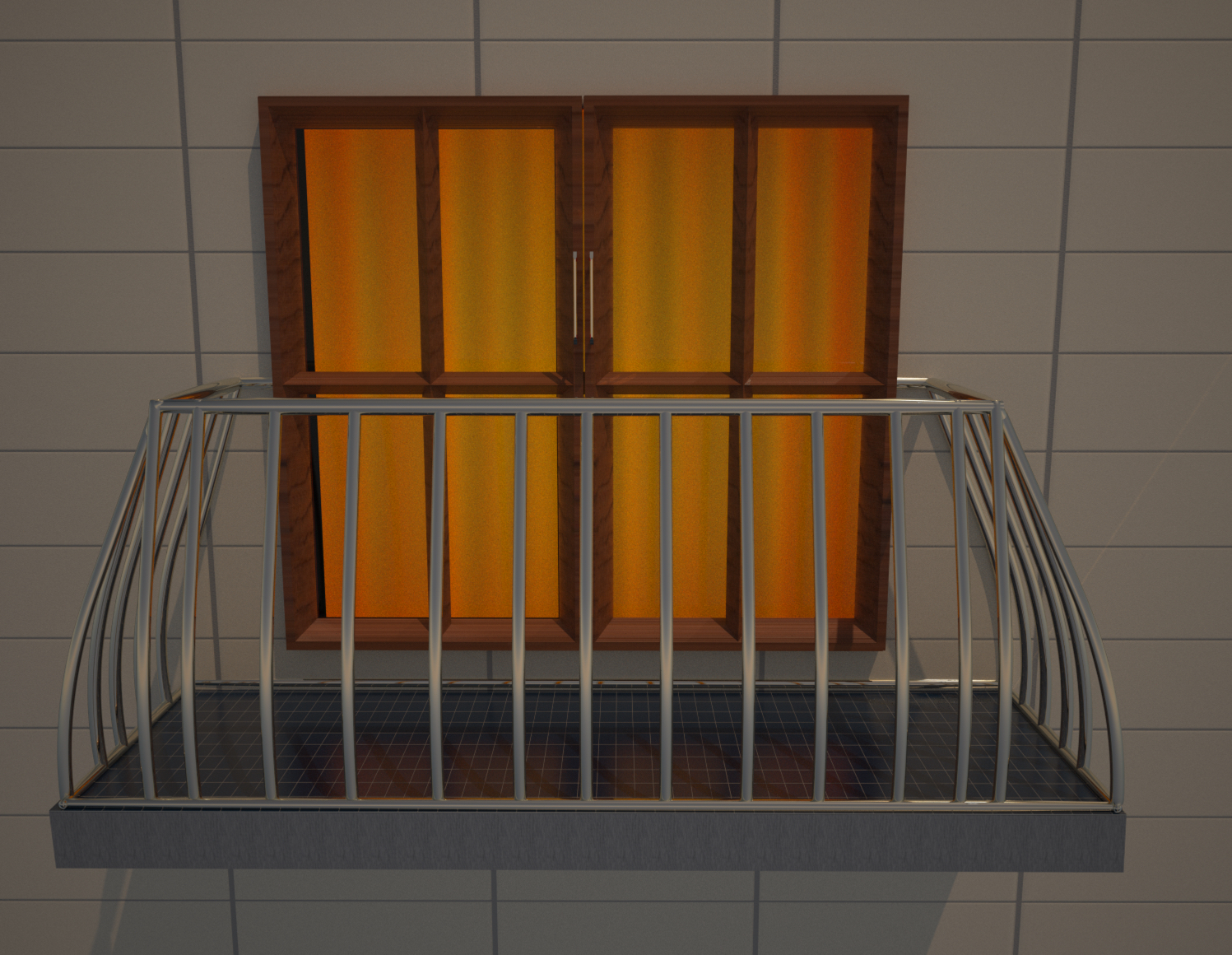
This was modeled with Maya, rendered with Redshift, with all Redshift materials. Redshift is a GPU renderer and the render time was somewhat shorter than my experience with Arnold, but perhaps only roughly 1/2 as long. However, I was using a consumer grade graphics card (Nvidia 1080 founders edition).
This is the glass table from previous postings. Here I have replaced the materials with Octane materials and rendered it with the GPU renderer Octane. It is about the speed of Redshift. See other GPU renderers for comparison.
This is the glass table from previous renders. This was done with Furry Ball, using Furry Ball materials and lights. It is another GPU renderer and it was faster than Redshift and Iray (see Iray table).
This is the glass table from previous renders. This was done with Iray, using Iray materials and lights. It is another GPU renderer and it took about the same amount of time as Redshift (see Redshift table).
This is a redo of the materials and lights for the table previously rendered with Arnold. I remade everything with Redshift. It rendered in a tiny fraction of the time it took with Arnold, since Redshift is a GPU renderer and Arnold is a CPU renderer.
Look at arnold glass table (and the previous 3 renderings) for comparisons with Arnold.
This is a Moai-like statue similar to those made roughly seven hundred to a thousand years ago on Rapi Nui. The island was renamed Easter Island by Europeans when James Cook stumbled upon it on Easter Sunday. The statues represented the ancestors of the indigenous people. The statues were carved from sandstone in the face of a hillside quarry (thus they are flat-backed). Then the Moais were cut out of the hillside, rolled on logs across the island, and mounted on altars, often on the coast of the island, facing inland. The statues could be as high as 20 feet.
This was made in Maya with Arnold materials, rendered with Arnold.
This is a single frame from an animation that was made with Maya and rendered with mental ray. The little boy in the window is eating Trix while swinging his legs under the table.
You can click on these images to blow them up.
Here are two minor variations, with the wood trim around the window colored differently and with a cement-textured bump map added:
This is the cover image from my textbook: 3D Animation for the Raw Beginner, which you can find on 3DbyBuzz.com. The models were made with Maya and rendered with mental ray.
You can click on these to blow them up.
Here is the same structure with stone arches:
This is not a tutorial, just a preliminary experiment with the new Maya renderer, Arnold.